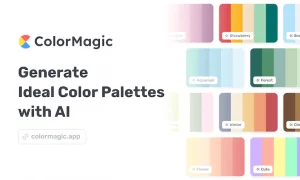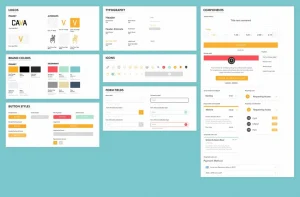This might be the coolest design portfolio you’ll ever see
Paris-based creative developer Bruno Simon has certainly created one of the most fun design portfolios out there, letting the user drive a virtual car between his projects and experience using a keyboard. It’s a delightfully slick 3D experience!













